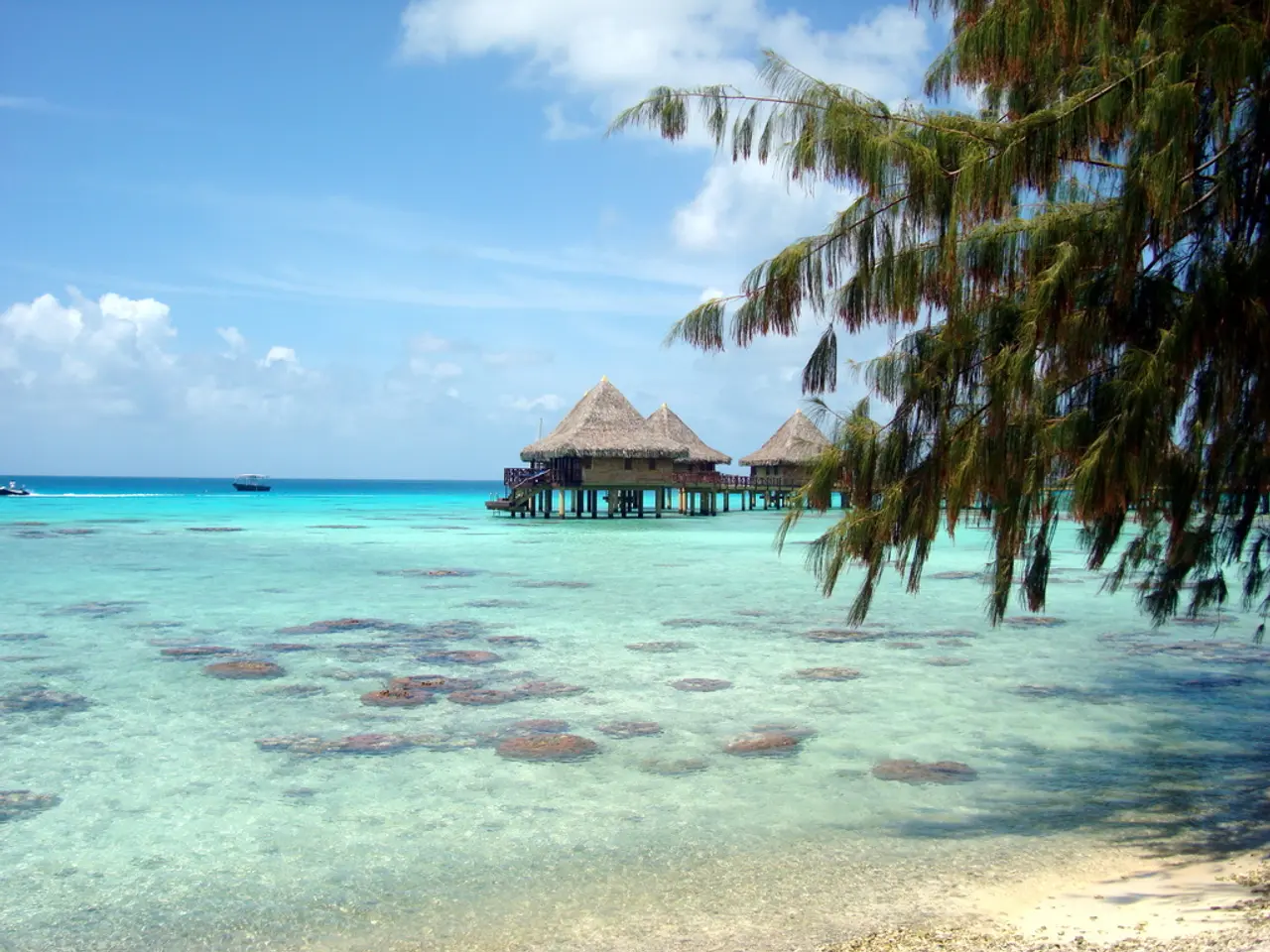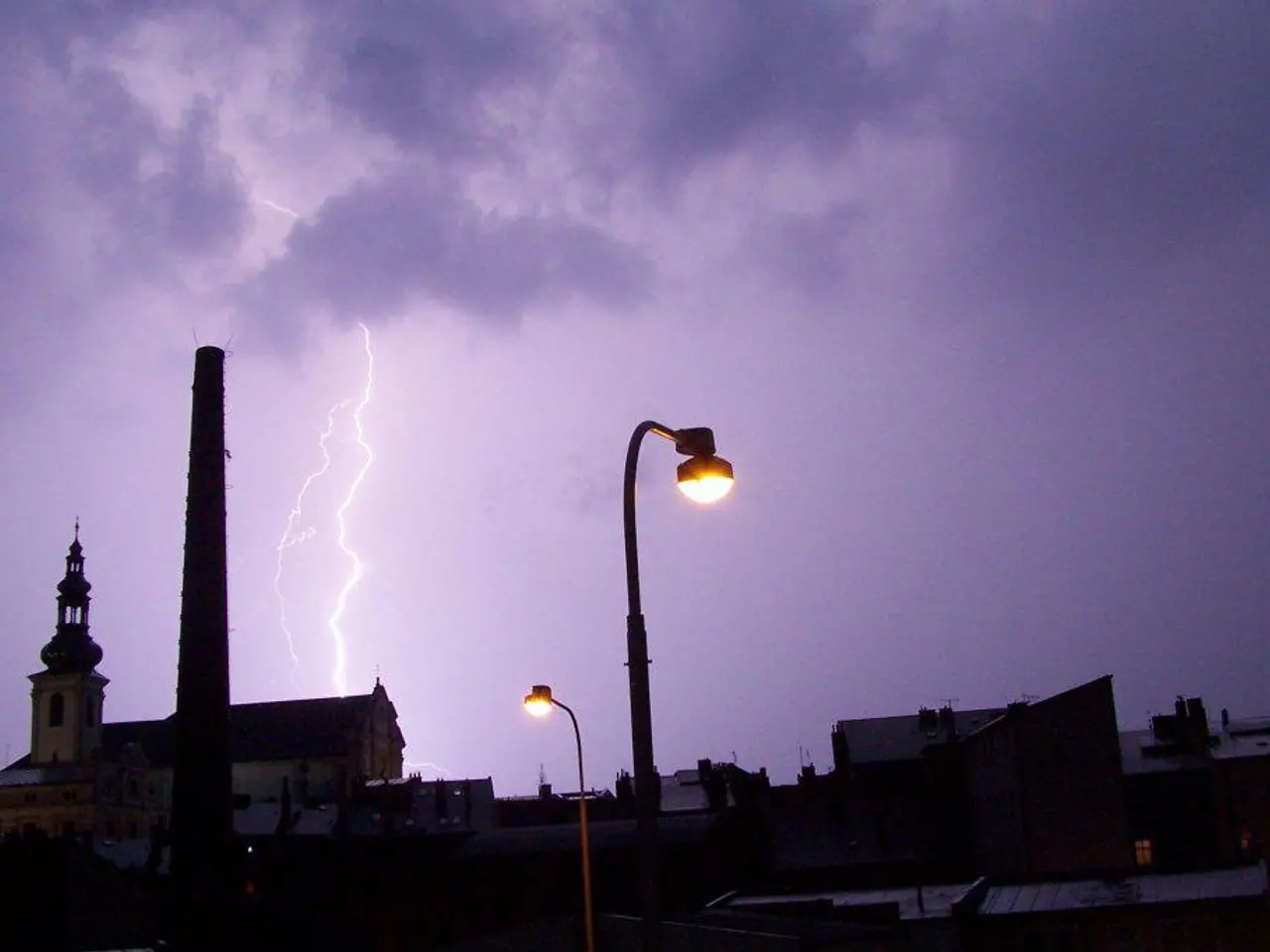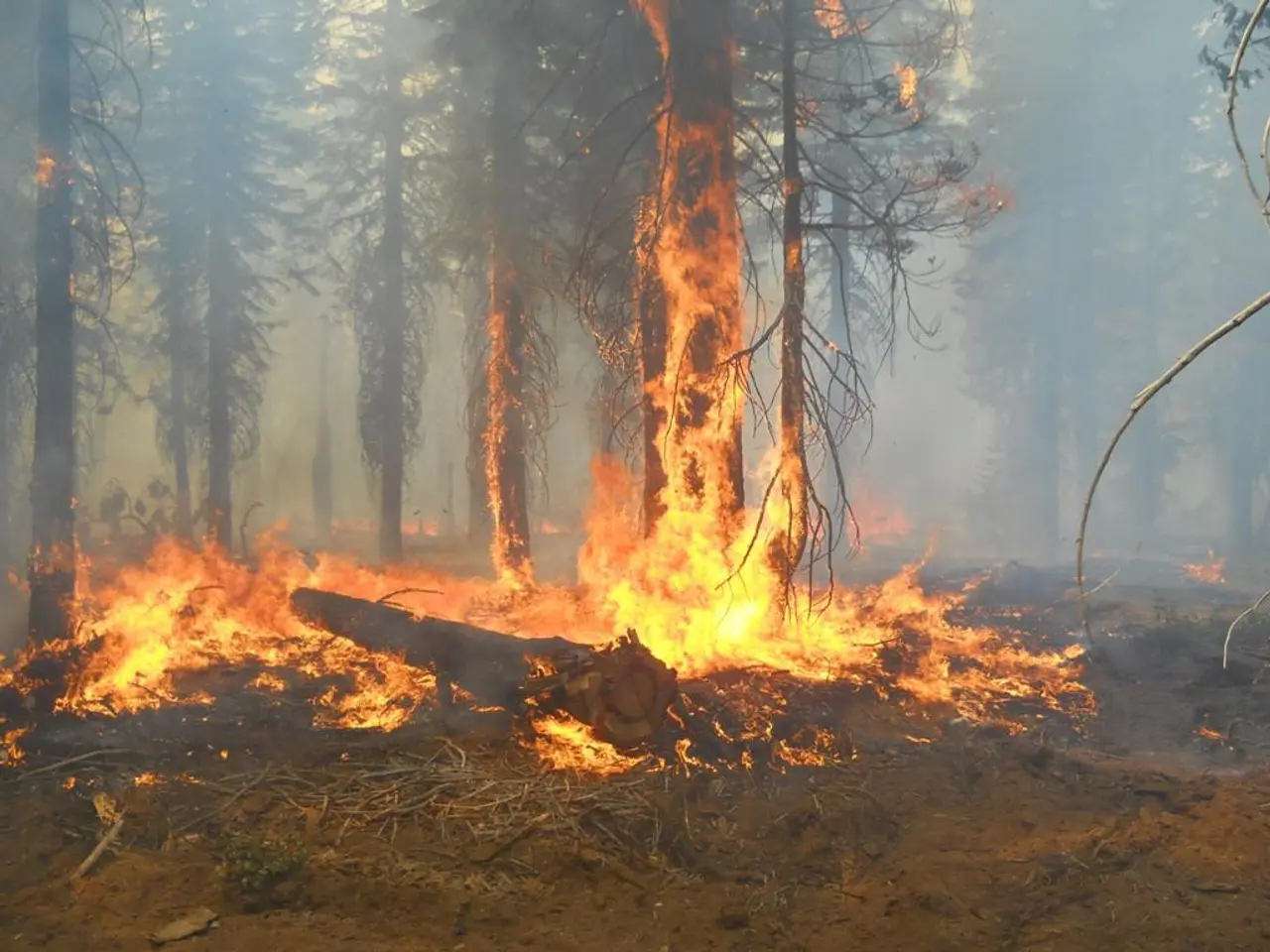Forecast for Altai region's arrival of summer given by meteorologist
**Altai Experiences an Unusual Indian Summer, Bringing Warm Weather and Clear Skies**
Residents of Altai, a mountainous region spanning parts of Russia, Mongolia, Kazakhstan, and China, are currently enjoying an unexpected warm spell, often referred to as an Indian Summer. This period of unseasonably warm, dry, and sunny weather is not formally defined in the Altai region as it is in North America or Western Europe, but it does occur due to the interplay of various meteorological factors.
The Indian Summer in Altai typically follows a significant cooling, with the region experiencing quite hot weather for this month, reaching up to +28°C (+31°C) from September 4th, according to preliminary weather forecasts. This year's Indian summer may not be dry, as it is usually a period of warm and dry weather.
The Altai region's continental climate, marked by large annual and daily temperature ranges, plays a significant role in the occurrence of autumnal warm spells. The rapid cooling of the Siberian landmass can lead to the establishment of high-pressure systems, bringing clear skies and stable, warm conditions. Additionally, the retreat of the East Asian summer monsoon and the region's complex terrain create microclimates that further influence the weather.
During these warm spells, typical weather conditions include above-average daytime temperatures, cool nights, clear skies, and little precipitation. Northerly and northwesterly winds prevail in autumn, but during Indian Summer episodes, winds may be lighter and variable.
Fog is possible in the morning hours on Saturday, and the wind on that day will be cold, with north-eastern winds of 2-7 m/s, and gusts up to 12 m/s.
According to traditional beliefs, the presence of flying cobwebs in large quantities on various plants, meadows, or tree branches indicates a warm and rain-free autumn. This year's Indian summer is expected to last from September 13-14 to September 23-27, according to a traditional definition.
Residents are encouraged to make the most of the warm weather, using it to dig potatoes, clean up vegetables, or go for a walk. It is important to note that the occurrence, duration, and intensity of such episodes can vary significantly from year to year.
[1] Climate of the Altai Region: Characteristics and Influencing Factors. (2020). Retrieved from https://www.researchgate.net/publication/341327551_Climate_of_the_Altai_Region_Characteristics_and_Influencing_Factors [2] Climate of the Altai Region: Temperature and Precipitation Patterns. (2018). Retrieved from https://www.sciencedirect.com/science/article/pii/S2214629618301086 [3] Climate of the Altai Region: Wind and Cloud Cover. (2021). Retrieved from https://www.tandfonline.com/doi/abs/10.1080/19485977.2021.1957030 [4] Climate of Adjacent Regions: The Gobi Desert. (2019). Retrieved from https://www.sciencedirect.com/science/article/pii/S221462961930041X [5] East Asian Summer Monsoon. (n.d.). Retrieved from https://www.britannica.com/science/East-Asian-Summer-Monsoon
Residents of Altai benefit from preliminary weather forecasts that predict an Indian Summer, which typically follows a significant cooling and is characterized by warmer-than-usual temperatures, clear skies, and less precipitation. This year's Indian summer might not adhere to the usual pattern of being dry, as it is usually associated with warm and dry weather.
The occurrence of Altai's Indian Summer can be attributed to its continental climate, weather-forecasting methods, and the interplay of various meteorological factors such as high-pressure systems, the retreat of the East Asian summer monsoon, and the region's complex terrain.








